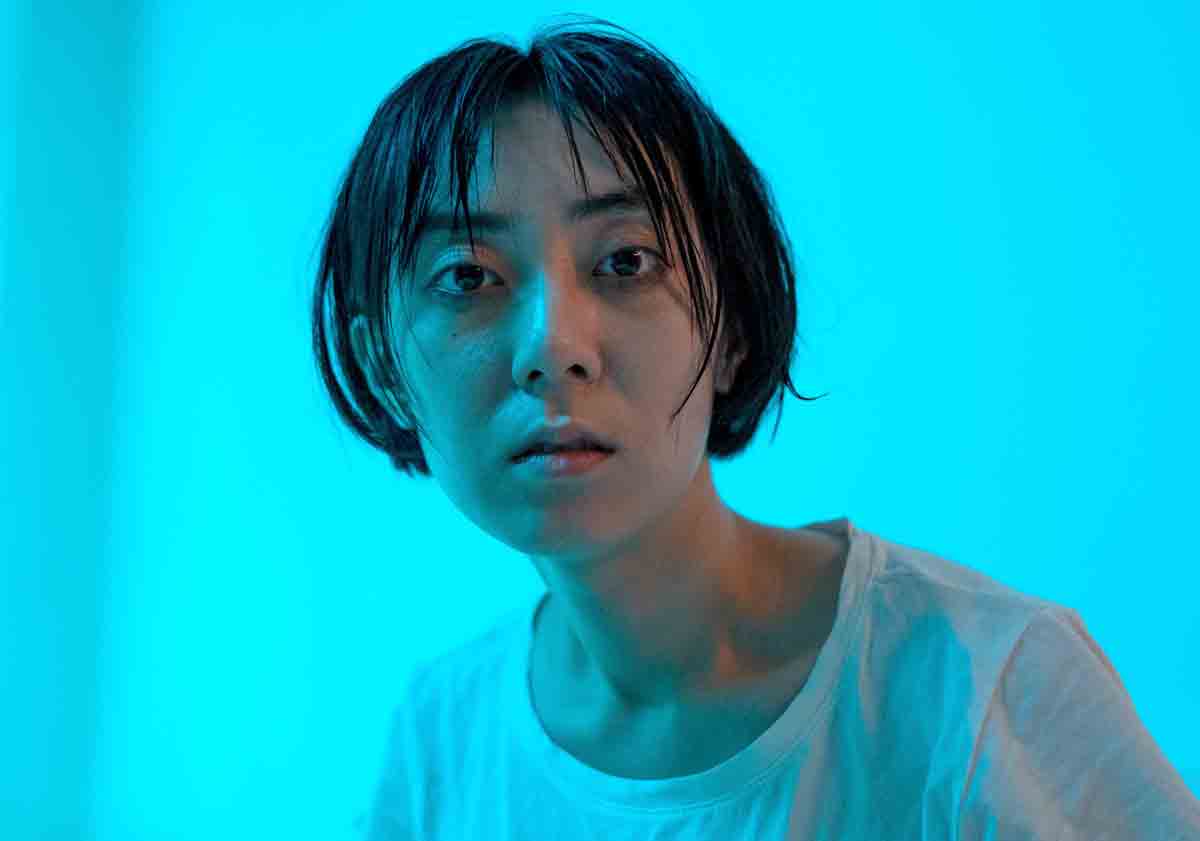
Just like nail biting (onychophagia), trichotillomania is also a disorder that involves recurring impulses, but it involves pulling out body hair and/or strands and tufts of hair. This problem brings aesthetic and emotional consequences, so it needs attention and proper treatment.
+ 6 facts about the clitoris
+ Beyond penetration: demystifying anal sex
+ 5 Ways to Use a Vibrator in a Couple’s Intimacy
+ Hilarious video: dog ends women’s poolside party
According to the American Psychological Association, about five to ten million people in the United States meet the clinical criteria for trichotillomania. The information is from the “InStyle” magazine, which interviewed professionals to learn more about the subject.
What it is
“Trichotillomania is a psychological condition in which a person pulls out their hair — scalp, eyelashes, eyebrows, pubic hair, arm hair, leg hair, or facial hair — to the point of causing some degree of interference in their growth capacity and they can’t stop pulling”, explained psychologist Suzanne Mouton-Odum.
Usually, this condition tends to develop before or during the beginning of adolescence and can be caused by stress and anxiety.
For those suffering from this disorder, it is not easy to control the action. Mental health specialist, Kristin Gill, clarified that it’s like “being in a trance, completely focused on pulling out the strands. Often without being aware of what one is doing”.
During the pandemic, people became more susceptible to this impulse. Although there are no concrete data, health professionals, like Mouton-Odum, have noticed an increase in the number of patients with symptoms.
“Probably, this notable increase in trichotillomania during the pandemic is due to people feeling isolated, spending more time alone, and experiencing feelings of depression, uncertainty, and fear of what will happen in the future”, the psychologist said.
Consequences
Removing body hair and hair can cause (even permanent) physical damage and, consequently, affect the patients’ self-esteem.
The mix of embarrassment and insecurity usually result in emotional problems, isolation and/or ways to hide the damage caused by the disorder through sunglasses, fake eyelashes, caps, hats, and other accessories.
Treatment
Carrying out appropriate treatment is the way out of this condition. First, it is essential to contact a psychologist and a psychiatrist. Therapy with these professionals is the best and safest treatment option.
“Cognitive-behavioral therapy (CBT) is the first-line intervention for BFRBs (Body-focused repetitive behavior). This treatment can help set up a plan to avoid impulses and employ targeted strategies to find other less harmful ways to meet your needs. The treatment is effective but requires a lot of work and daily practice. In addition, medication for anxiety or depression can also be helpful if the person suffers from these conditions besides trichotillomania”, Mouton-Odum explained.
At home, other precautions can supplement professional support, such as using stress toys, engaging in pleasurable activities, and having family support. Getting rid of this disorder is not easy, but with persistence and daily practice, it is possible to achieve this goal.

